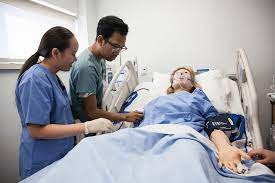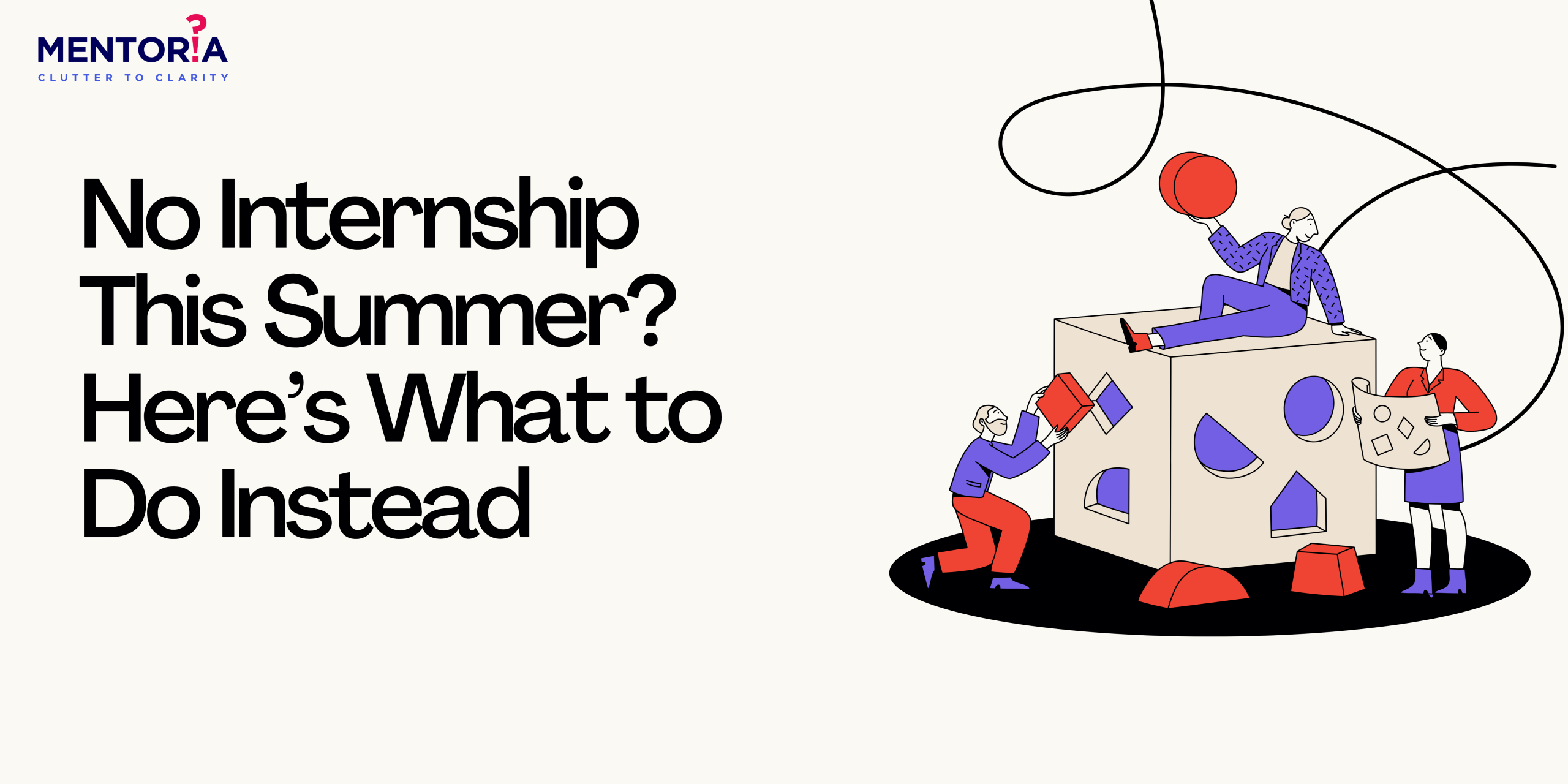Transforming Nursing Education for the Future: Advances and Challenges

Nursing education is changing faster than ever to keep up with the constantly shifting healthcare landscape and the diverse needs of patients. We’re at the doorstep of the future, and it’s an exciting time to take a closer look at how we’re training the nurses of tomorrow. In this blog, we’re going to dive into all the advancements happening in nursing education and the roadblocks being faced.
Innovations are like the wind beneath the wings of nursing education, propelling it to new heights. One of the most exciting developments is the integration of virtual reality (VR) and augmented reality (AR) in nurse training. Student nurses can now wear VR headsets and enter a simulated hospital room, where they can practise procedures, like inserting an IV line, on virtual patients. This hands-on experience in a controlled environment allows them to make mistakes and learn without the high-stakes pressure of a real patient. Simulation labs are another jewel in the nursing education crown. These labs mimic real healthcare environments, equipped with high-fidelity manikins that can simulate a wide range of medical conditions. Students can practise on these manikins, honing their skills and confidence.
Innovations in Nursing Education
Virtual and Augmented Reality: VR and AR create safe and controlled environments for nurses to hone their skills. The stress of a real clinical setting is removed, allowing students to practise without the fear of making errors that could harm patients. This not only accelerates the learning process but also reduces anxiety among nursing students.
As VR and AR technologies continue to advance, they hold the potential to revolutionise nurse training further. For example, augmented reality can overlay important information, such as vital signs or patient history, directly onto the real-world clinical setting. This can enhance decision-making in real-time, helping nurses provide more effective and timely care to their patients.
Stimulation Labs: Simulation labs are often likened to flight simulators for nurses. Just as pilots can practise flying without the risks associated with taking to the skies, nursing students can practise patient care in a controlled setting. These labs are designed to replicate real healthcare environments, complete with lifelike mannequins that mimic a wide range of medical conditions. The realism of these manikins allows students to experience scenarios they may encounter in actual clinical settings.
One of the primary advantages of simulation labs is their ability to bridge the gap between theoretical knowledge and practical application. In a classroom, students learn about medical procedures and patient care protocols, but the true understanding comes when they put this knowledge into action. Simulation labs provide a safe and supervised space where students can apply what they’ve learnt in the classroom to hands-on situations.
Mobile Apps: Mobile apps have become essential companions for nursing students, providing access to a vast array of information at any time and from anywhere. These apps offer drug guides, medical references, and interactive anatomy resources, allowing students to study without the constraints of physical textbooks or desktop computers. The dynamic nature of these apps enhances the learning experience, with interactive features like quizzes, flashcards, and self-assessment tools. These tools keep the learning process engaging and enjoyable.
Nursing students require access to the most up-to-date and accurate information, which mobile apps provide. They provide current information on medications, disease processes, and best practises in nursing care, allowing students to review clinical guidelines and research articles without having to scour numerous textbooks or websites. These apps are particularly valuable in clinical settings, where quick and reliable information can significantly impact patient care.
Interdisciplinary Education: Interdisciplinary education helps nursing students develop essential skills of teamwork and collaboration, such as communication, sharing expertise, and making joint decisions to optimise patient care. It also reinforces a holistic approach to patient care, exposing students to the broader healthcare spectrum and encouraging them to see patients as individuals with complex needs. This co-learning environment allows students to understand the unique perspectives and roles of their peers, fostering a deeper appreciation for the contributions of various healthcare disciplines. Challenges in interdisciplinary education include complex scheduling and curricula, additional training and support for faculty members from diverse backgrounds, and initial discomfort or resistance to learning alongside peers from other disciplines.
Challenges in Nursing
Evolving Healthcare Landscape: Medical knowledge is rapidly expanding, necessitating nursing education to keep up with new treatments, diagnostic tools, and pharmaceuticals. Nursing education must adapt to rapid technological changes, such as electronic health records, telemedicine, wearable devices, and artificial intelligence, by incorporating training on these technologies. Challenges include faculty preparedness, curriculum flexibility, resource allocation, regulatory hurdles, and ethical considerations. Faculty development and ongoing training are essential to maintain expertise, while curricula must be flexible to accommodate rapid changes. Regulatory hurdles and ethical considerations must be addressed to ensure students make sound decisions in the best interest of patients.
Shortage of nursing faculty: The shortage of nursing faculty is a significant issue, impacting the quality and quantity of nursing programmes and contributing to the broader nursing shortage. To address this, innovative solutions are being explored, including competitive compensation, loan forgiveness programmes, part-time faculty and clinical instructors, online and remote teaching, mentorship and support programmes, and workplace collaboration between healthcare institutions and nursing schools. These solutions aim to attract experienced nurses to teaching positions, alleviate the financial burden of obtaining advanced degrees, and provide real-world insights for the nursing profession. By addressing this shortage, a sustainable and well-prepared nursing workforce can be created.
Clinical placements: Clinical placements are essential in nursing education, providing students with real-world experience and a bridge between theory and practise. However, securing and managing these placements presents logistical and educational challenges. Balancing availability of clinical instructors, student-to-instructor ratio, and cohort size is a challenge. Addressing disparities in educational experiences is another challenge. To address these, nursing programmes should diversify clinical placements, enhance communication between programmes and clinical sites, standardise clinical experiences, incorporate simulation into nursing education, collaborate with healthcare institutions, and explore innovative clinical models like telehealth or international clinical experiences. These approaches aim to ensure consistent and comprehensive educational experiences for students, reducing disparities in training and ensuring compliance with educational requirements.
Student Stress and Burnout: Nursing students face emotional strain due to patient care, academic work, and clinical rotations. To address stress and burnout, nursing education programmes are implementing innovative solutions. These include mental health resources, mindfulness and resilience training, peer support networks, flexible scheduling, mentorship, clinical debriefing, self-care and wellness education, and encouraging work-life balance. These resources help students manage stress, maintain emotional well-being, and connect with experienced mentors. Peer support networks provide a sense of community and help students connect with others who understand the unique challenges of nursing education.
Career Advancement With Mentoria
Revolutionising nursing education is essential for ensuring that nurses are prepared to meet the demands of a complex and ever-changing healthcare system. By investing in nursing education and embracing innovation, we can help to improve the quality of healthcare delivery for all patients. Mentoria can provide students with access to online mentoring resources, even if they do not have access to technology at home. We also help students to learn how to think critically about patient care and to develop solutions to complex problems.









